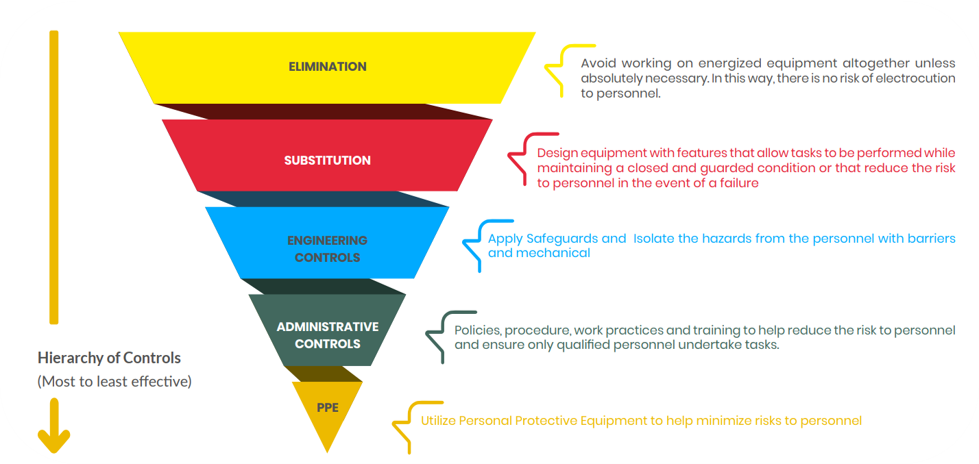Electrical Safety in the Workplace
In 2018, 160 workers died from electrocution while on the job, an 18% increase from the prior year. That same year, 1,560 workers suffered electrical injuries. While electrical hazards pose a danger to workers across every industry, those most likely to suffer electrical fatalities or injuries work in construction, which is responsible for 52% of electrical fatalities. Such numbers highlight the importance of high standards for electrical safety in the workplace.
Electrical Hazards
Electrical hazards can result in burns, shock, fires, explosions and death. Some common electrical hazards include the following:
Overhead Power Lines
Overhead power lines carry deadly voltages of electrical power. Failure to maintain a careful distance from them can result in electrocution or severe burns.
Damaged Equipment and Tools
Tools or equipment with damaged cords and wires or other defects can pose dangers to those using them. Additionally, untrained workers shouldn’t use tools.
Improper Wiring
Different electrical currents call for specific types of wiring. Using the wrong wiring can cause overheating and fires. They can also occur from using the wrong type of extension cords, overloading outlets and using improper circuit breakers.
Exposed Electrical Parts
As potentially dangerous levels of electrical power surge through electrical components, they must remain safely covered. Temporary lighting, power distribution units and power cords with exposed electrical parts all pose electrical dangers.
Wet Conditions
Water makes electrocution more likely. Using electricity in wet environments, particularly when equipment has damaged insulation, poses significant safety risks.
Strategies to Improve Electrical Safety in the Workplace
Safety, security and emergency management professionals can help minimize the risks of electrical incidents in several ways. Many electrical accidents result from a failure to recognize energized sources and the incorrect use of extension cords. However, by implementing the following strategies organizations can protect employees from electrical hazards.
Understand and Follow OSHA Regulations
OSHA outlines standards that promote electrical safety. Organizations must understand and follow the guidelines, which deal with:
- Disconnecting conductors or circuit components from energized parts to ensure electrically safe working conditions
- Establish Electrical Safety Programs
- Electrical safety programs can bring awareness to electrical hazards and provide the training employees need to remain safe. They can also develop safe work procedures and identify electrical safety principles.
Identify and Assess Electrical Hazards
By locating and assessing risks, organizations can best address electrical hazards and properly inform employees.
Practical steps to ensure electrical circuitry safety
